Every year big smartphone companies pump millions into research and development of their products, hoping to find that elusive ‘next big thing’ that’ll have everyone knocking on their door come upgrade time.
That innovation has undoubtedly led to some of the best products of modern years, but in the ever-more-desperate race to stand out from the crowd it’s also led to some stinkers.
No doubt with the best of intentions, some less-than-stellar ideas have been conceived, created and, often just as quickly, cancelled.
We’re taking a tour of seven types of smartphone tech billed as the inevitable future of the handset industry, only to crash and burn faster than a Note 7 delivery drone.
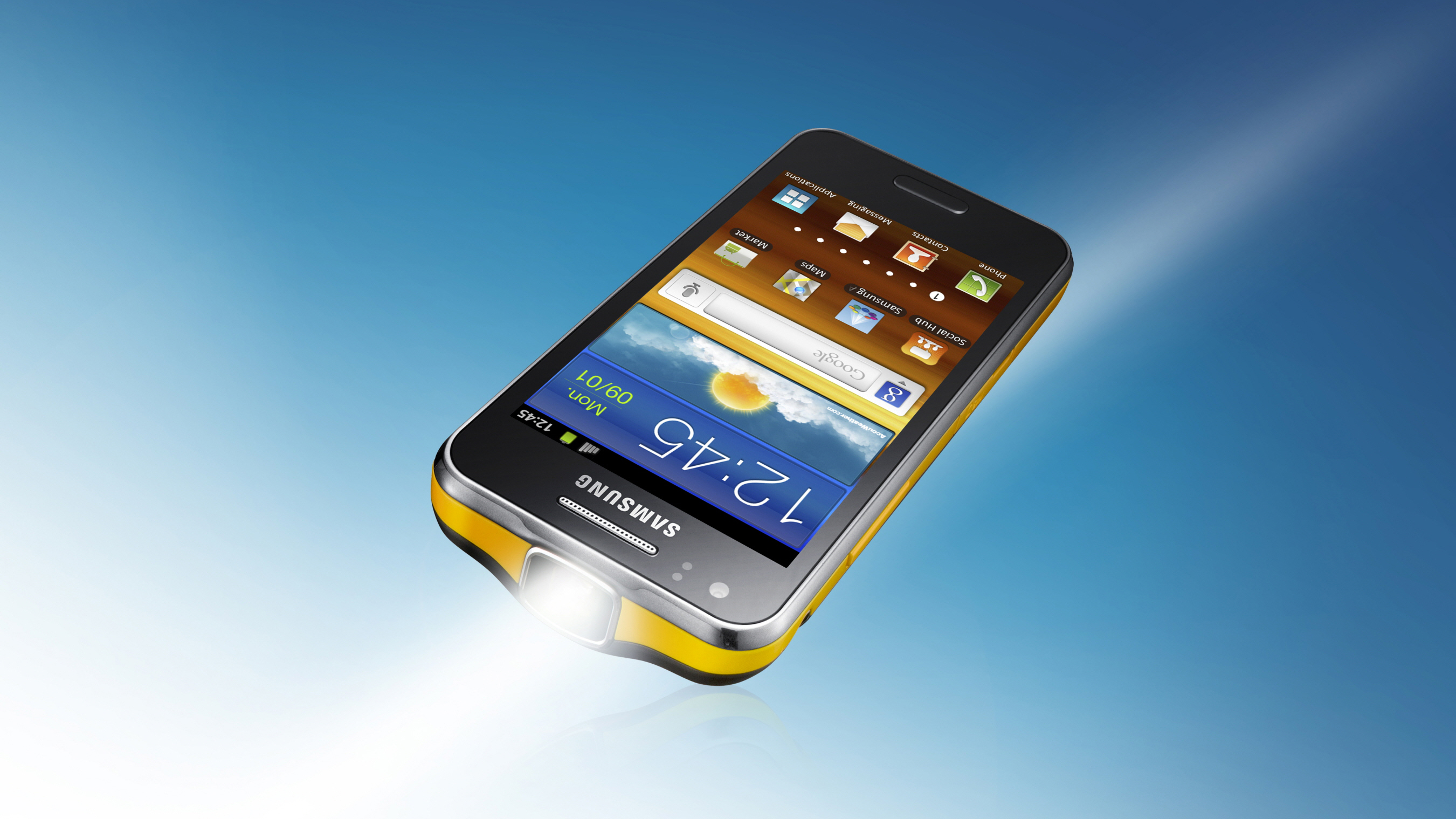
1. Projector phones
Notable examples: Samsung Galaxy Beam and Galaxy Beam 2, Lenovo Smart Cast
This is possibly the best example of something that was made because it could be, not because it should be. How many people really want a sub-par projector bolted on the side of their phone?
OK, Powerpoint Pete would probably be happy not to have to take a laptop to his dull sales presentations, but the rest of us?
Projector phones came about because pico (ie, tiny) projectors were suddenly possible, so of course someone had to put one in a phone, in case that was the magic bullet that killed the iPhone.
Spoiler: it wasn’t.
When the inexplicable sequel to the first Galaxy Beam came out, a pico projector expert told us: “It's a bit of fun - when people first see pico projector phones, they say ‘Wow! That's really cool!’."
But the novelty wears off quickly – in fact, as soon as they see that they're not actually any good".
Nonetheless, they do reappear occasionally, usually in China (they’re making projector smartwatches now too).
The most promising reinvention of this tech was the Lenovo Smart Cast in 2015, which projected a touchscreen - in other words, you could actually interact with the projected image to play a virtual piano and other such gimmicks.
But until the projector quality improves and someone actually thinks of a use for these things, it looks like the writing’s on the wall for the poor old projector phone.
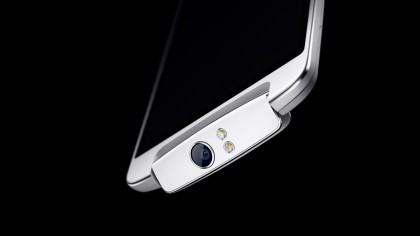
2. Twisty cameras
Notable examples: Oppo N1 (October 2013), Oppo N1 Mini (August 2014), Oppo N3 (October 2014)
When the Oppo N1 was announced back in 2013, we were beside ourselves with excitement. It seemed like such an obvious solution: why split the phone’s camera budget into two sub-standard shooters when you could have one excellent camera that works for both front and back?
The N1 had a 13MP snapper, which was groundbreaking in itself at the time, and you just gave it a twist depending on whether you were taking a groupie or a selfie.
Handily, the camera mechanism could lock at any angle, meaning artistic types could get some trickier angle shots with ease.
In practice, though, it didn’t work. Say you spotted noted actor Benetton Crinklesnatch in the local eatery. You’d pull out your phone to take a sneaky shot for the likes, and realise with horror that not only has he seen you, all you’ve captured is your own humiliated face.
Quick snaps are basically impossible when you have to manually turn the camera around first, and although Oppo said the 206-degree spin mechanism was tested for 100,000 rotations, adding moving parts to such an essential part of the phone inevitably results in more breakages. And then your phone has no camera at all.
Nonetheless, the twisty camera also appeared on Oppo’s 2014 follow-up phones the N1 Mini and N3, the latter of which mechanised the swivel to make it automatic.
But by that time, component prices were dropping so rapidly that putting a 13MP shooter on the front in addition to the big guns on the back was soon possible, and Oppo’s innovation remained revolutionary only in the literal sense.
3. 3D interfaces
Notable examples: Amazon Fire Phone, LG Optimus 3D
Sometimes all the pieces of the success puzzle are there in the box, but somehow the picture doesn’t come together.
That’s how it went for the sadly ill-fated Amazon Fire Phone, which had the money and muscle of a global behemoth behind it but nonetheless failed to catch light.
The reasons for that were manifold, but most critics agreed that its impressive 3D interface wasn’t one of them.
Using four cameras positioned on the front corners of the phone, the Fire Phone interface tracked the head movements of the person using it in order to display content from the correct angle.
In short, it could make 2D images look 3D without the need for glasses or headsets, which Amazon called ‘Dynamic Perspective’.
It was very cool when it worked well, but had next to no practical applications, making it little more than a gimmick, and that wasn’t enough to save the phone from its other flaws.
However we definitely haven’t seen the last of head-tracking visuals in mobile phones. If anything, the rise of phones as a portal to VR proves that Amazon was on the right track at the wrong time.
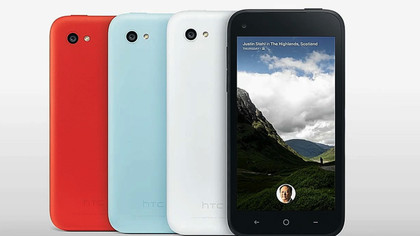
4. App-oriented phones
Notable examples: HTC Chacha, HTC Salsa, HTC First
Remember Facebook phones? HTC does. Their ill-fated series of social-focussed Androids began in 2011, with the Chacha and Salsa, both teenage-friendly budget phones with a physical Facebook button. Neither set the world on fire, but HTC had more up their sleeve.
Two years later, it unveiled the HTC First, also intended to appeal to the discerning millennial crowd.
Coming in a fashion-friendly four colors, this was a budget phone priced like a mid-range - the 5-inch Jelly Bean handset was going up against the formidable Nexus 4, yet cost $350 (about £281/AU$463) to the Nexus’s $299 (£240/AU$396).
That’s right, an underwhelming phone whose only point of difference was being suffused with the inescapable tendrils of Zuckerberg actually cost more than the market leader.
This wasn’t its only fault, though. As our own John McCann put it at the time, the First was a “simple handset with an extension of the social network's application which puts it front and centre. All. The. Freaking. Time.”
Even the most hardcore Facebook fan wants to do other things than read people’s banal status updates, and the team behind the phone just didn’t seem to get that.
App-centric hardware isn’t a bad idea, and in fact it’s one that’s rapidly gaining traction with innovations like Snapchat’s Spectacles, but it has to offer something that can’t be found elsewhere.
The HTC First didn’t offer a better Facebook experience, a better phone experience, or even a better price point - until it was slashed to 99 cents before being discontinued by AT&T just 5 weeks after launch.
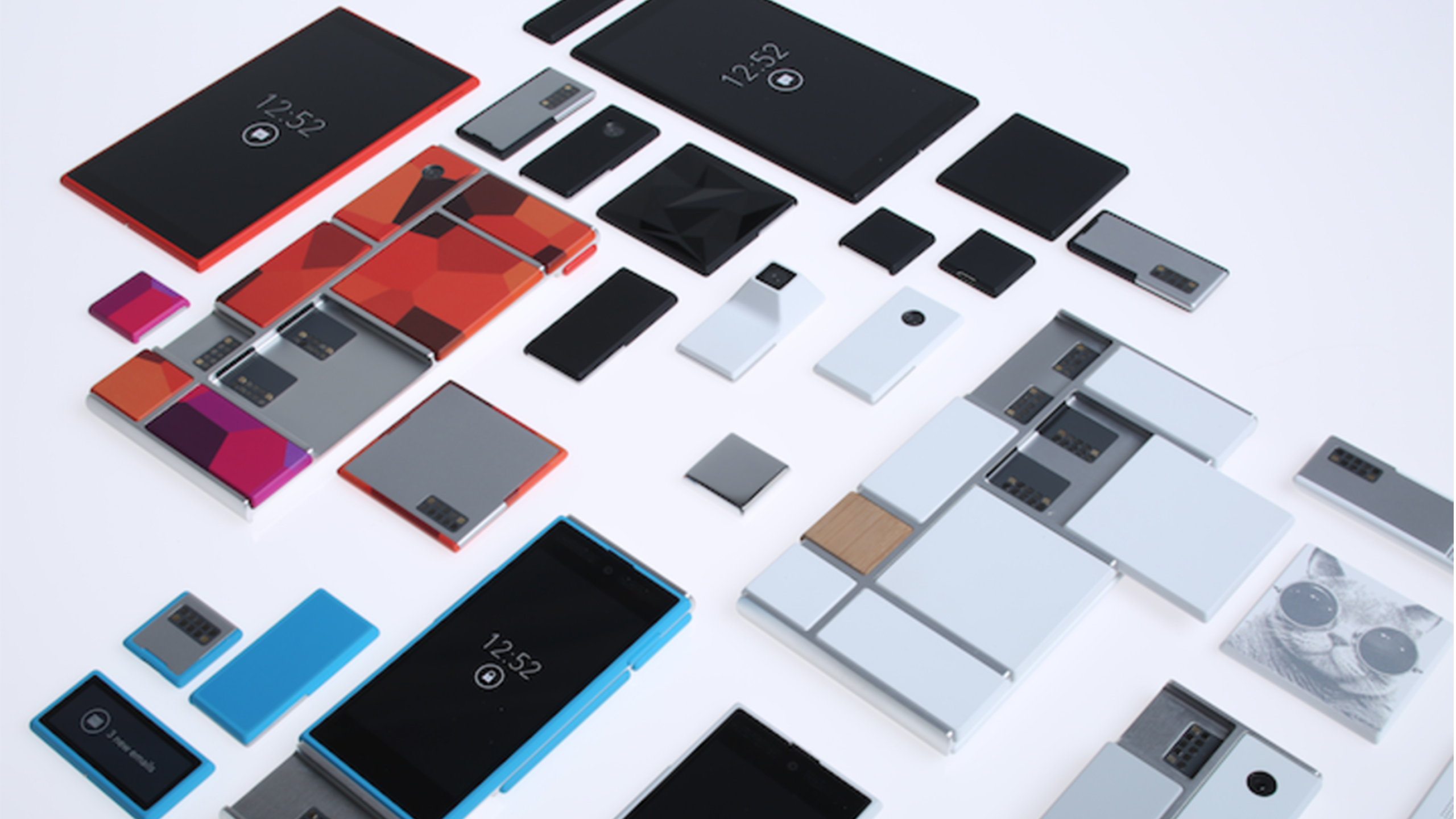
5. Modular phones
Notable examples: Google Ara, LG G5, Modu, Phonebloks…
Tech fans and publications nearly wet themselves over the possibility of switching out their puny 15MP camera for a 20MP beast without having to set up a whole new phone. A phone that you can take apart and reassemble exactly the way you want it? Yes!
So why was Google Ara cancelled? Why didn’t the G5 sell well? And why aren’t more companies putting their eggs in the modular basket? In short, because the public’s not convinced.
Modular phones appeal to people who want to build their own PC, and that’s fine, but that market is a heck of a lot smaller than the one for pre-made, well-advertised laptops.
The fact is, most people have absolutely no idea what good smartphone specs look like, and only consider upgrading their onboard storage when Apple starts asking them to delete stuff.
That’s not to say modular is over. There’s definitely still space for a good base phone with modular-lite additions - in other words, one that’s great out of the box but can be upgraded in small ways to your taste.
That’s what the G5 tried to be, but its upgrades were hard to get hold of and some of them were crazy expensive (*cough* B&O speaker pack *cough*).
Right now, modular’s best hope is the Moto Z - and in fairness, it's a pretty bright hope, as the clip on accessories are constantly being improved upon - but there’s no doubt the futuristic dream we were sold is lying in pieces on the factory floor until more manufacturers show willing to properly invest in this area.
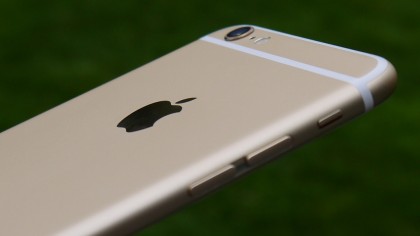
6. Liquidmetal
Notable examples: A billion iPhone rumors, the Turing Phone
Originally developed at CalTech, Liquidmetal is a set of amorphous metal alloys used in everything from medicine to the military. It’s been around since the early 2000s, but Apple’s 2010 exclusivity deal set rumors swirling that we’d be seeing a Liquidmetal iPhone before long.
Famously, all that actually came out of that deal was a Liquidmetal SIM card eject tool for the iPhone 3G. Trailblazin’.
Apple’s extended its dibs several times since then, but despite rumors that the iPhone 5, iPhone 6, iPhone 6S and even the iPhone 7 would be made from the durable material, nothing’s happened.
The first smartphone made of this promising material turned out to be the security-conscious and somewhat-niche Turing Phone.
But we still haven’t seen it on an iPhone. Maybe that’ll change one day, but Liquidmetal certainly didn’t change the smartphone world the way we were promised.
(The 2010 Acer Liquid Metal, if you’re wondering, was mostly plastic).
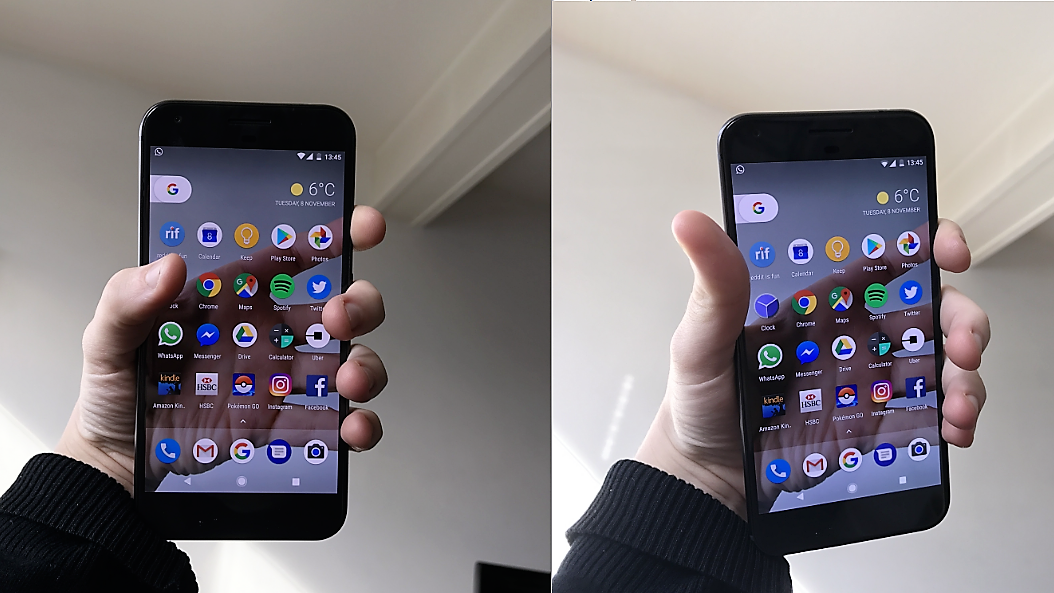
7. Transparent phones
Notable examples: Every design student’s concept smartphone ever
If we had a penny for every time we’ve seen a transparent concept phone, we’d have enough to make one ourselves.
It seems this is humanity’s dream: being able to walk about staring at our phones, but staring at the ground at the same time. Don’t ask why.
A few transparent handsets have actually made it into the real world, like 2009’s Xperia Pureness and LG GD900, but they didn’t offer the see-through touchscreen experience we’re all hoping for.
Polytron Technologies showed off a non-working prototype in 2013, but despite their General Manager assuring us they’d be available by the end of the year (“Trust me,” he said), they never materialised.
We’re now closer than ever to a see-through phone, with transparent OLED TVs already available (although they’re not selling well), LG patenting transparent and foldable screens, a transparent phone battery already in existence, and even clear glass that can charge like a solar cell.
This solves a lot of the potential issues of building a transparent phone, but it hasn’t happened. Yet.
However, tech pundit Robert Scoble is betting the farm that 2017’s 10th anniversary iPhone will in fact be completely see-through.
He’s said this repeatedly and publicly, claiming to have spoken to insiders and seen evidence. While critics and fans debate whether this is at all likely, we’re more interested in what it’ll be called. icePhone? iPhone Air? Or dare we suggest…. Windows Phone? All will become clear.
- But what about the good stuff? Check out our picks for the best phone of 2016
from TechRadar: Phone and communications news http://www.techradar.com/news/7-big-things-in-smartphones-that-never-lived-up-to-the-hype
No comments:
Post a Comment